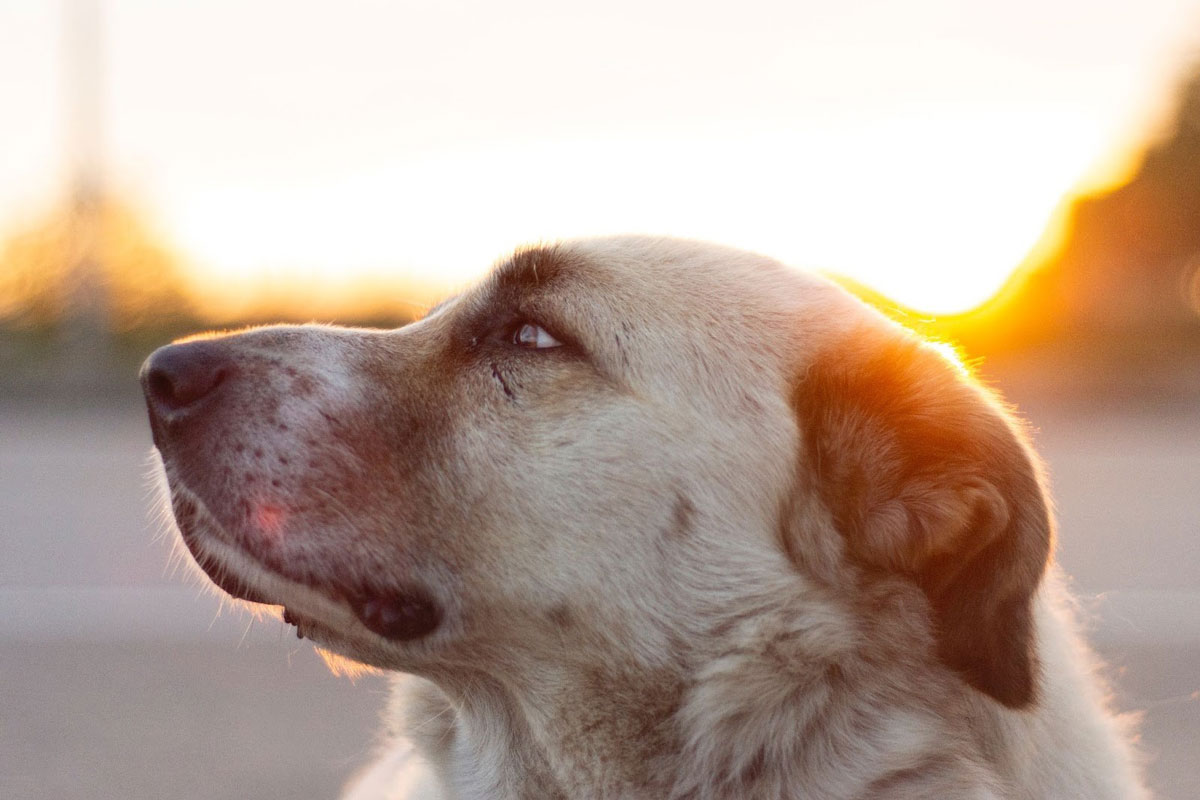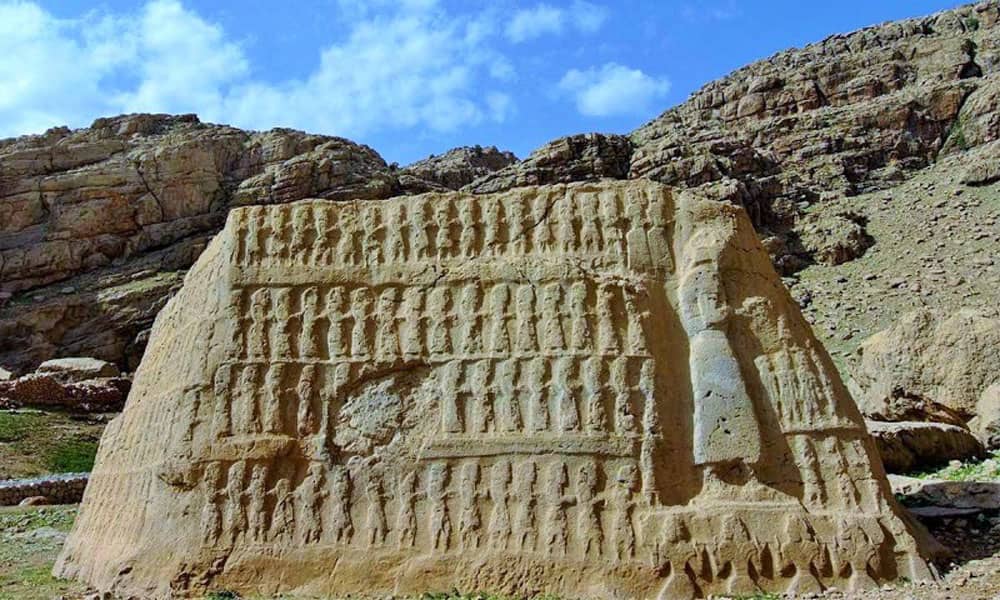
According to “Destination Iran” and following the “Oodle Life” website, Sarabi Dog is a breed from ancient Persia that is a hunting and guarding dog. It has been often used for its nobility and royalty. Find out more below here.
The Sarabi dog is an iconic breed with a rich history dating back thousands of years.
Originating in Iran, the Sarabi was bred for its hunting skills and used to track and retrieve games as well as to guard livestock and owners.
This breed was so highly prized that it was depicted in ancient Persian artwork and literature, and was often gifted as a symbol of friendship and respect.
Despite facing near extinction in the 20th century, the Sarabi dog has been saved through the efforts of dedicated breeders and is now recognized by kennel clubs around the world. We will explore the fascinating history of the Sarabi dog and discover why it remains a popular breed today.
Origins
The Sarabi dog has a long and storied history that is rooted in the land of Persia, which is now known as Iran.
The breed was developed thousands of years ago to serve as a hunting dog, using its keen sense of smell and exceptional tracking abilities to find and retrieve game. The Sarabi was used as a guard dog, protecting livestock and their owners from predators and other dangers.
The Sarabi’s hunting skills were so highly valued that it was often used for royalty and nobility. These dogs were trained to track and retrieve various types of game, including wild boar, deer, and even leopards. The breed’s courage and strength made it an excellent choice for hunting in rough terrain and challenging conditions.
Being one of the strongest breeds in the world, the Sarabi was used as a guard dog to protect livestock and property. These dogs were known for their fearless and protective nature and were trusted to guard their owners and their possessions against intruders and potential threats.
The Sarabi’s loyalty and bravery made it a popular choice for those who wanted a trustworthy and reliable companion.
Sarabi Dog Throughout History
Throughout history, the Sarabi dog has been highly valued and appreciated for its qualities of loyalty, bravery, and strength.
The Sarabi was depicted in ancient Persian artwork and literature, showcasing its importance and cultural significance. One of the most famous examples of this is the story of the Sarabi dog in the Persian epic poem, the Shahnameh. This tale tells the story of a Sarabi dog who saves the life of a prince by fighting off a dangerous lion, showcasing the breed’s bravery and loyalty.
The Sarabi’s cultural significance can be seen in the many paintings and sculptures that feature the breed, as well as in the intricate metalwork that was created to honor the breed. These works of art demonstrate the high esteem in which the Sarabi was held and serve as a testament to its long and proud history.
Despite its long and storied history, the Sarabi dog faced a major threat to its survival during the 20th century. Political unrest in Iran during this time led to many of these dogs being killed or exported to other countries, putting the breed at risk of extinction.
However, the Sarabi was saved through the efforts of dedicated breeders who worked tirelessly to preserve the breed’s unique characteristics and traits. These breeders worked to locate the remaining Sarabi dogs and breed them in order to maintain the breed’s genetic diversity and prevent its extinction.
The efforts of these breeders have paid off, and the Sarabi dog has once again become a popular and highly valued breed.
Despite the challenges it faced throughout the times, the Sarabi dog remains an iconic breed with a rich and fascinating history. Its enduring popularity is a testament to its unique qualities and serves as a reminder of the importance of preserving our world’s diverse and valuable breeds of dogs.
Sarabi Dog Today
Today, the Sarabi dog is a well-loved breed that is recognized by many kennel clubs around the world, including the Kennel Club in the United Kingdom and the American Kennel Club in the United States.
Despite its long history as a hunting and guard dog, the Sarabi has also become a popular choice for families and individuals who want a loyal and protective companion.
The breed’s loyal and protective nature, as well as its reputation for bravery, make it an excellent choice for those who want a dog that will be a dedicated and trustworthy friend. The Sarabi is also known for its strong sense of attachment to its family and owners, which makes it a great choice for those who want a dog that will be a close and loving companion.
The Sarabi dog is still used for hunting and guarding. Its keen sense of smell and excellent tracking abilities make it an excellent choice for those who want a dog that can help them track and retrieve games. The breed’s protective nature and courage also make it an excellent choice for those who want a dog that will guard their livestock and property.
Conclusion
The Sarabi dog is a breed with a rich and fascinating history that dates back to ancient Persia. This iconic breed was prized for its hunting and guarding abilities, as well as its loyalty and bravery, and was depicted in ancient Persian artwork and literature.
Despite facing near extinction during the 20th century, the Sarabi was saved through the efforts of dedicated breeders who worked to preserve the breed’s unique characteristics and traits.
Today, the Sarabi is a well-loved breed that is recognized by many kennel clubs around the world and is still used for hunting and guarding, as well as being a popular choice for families and individuals who want a loyal and protective companion.
The Sarabi will continue to be cherished and appreciated for generations to come, and its fascinating history will continue to be celebrated and remembered.














